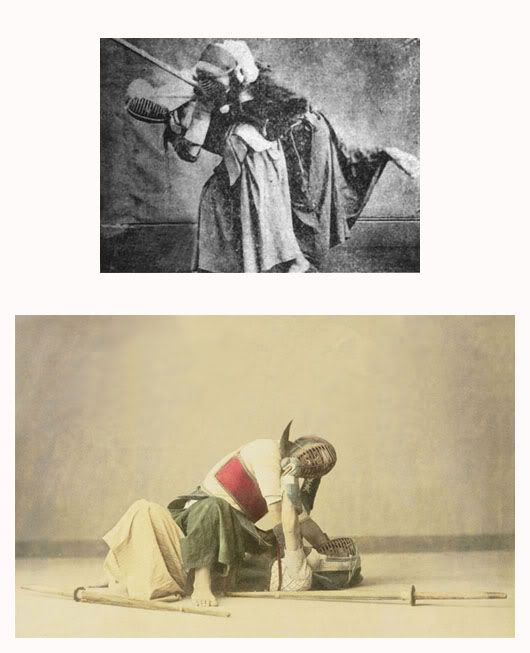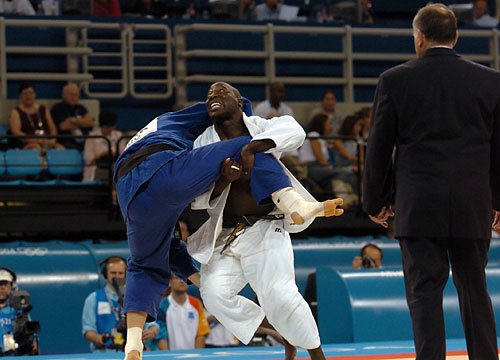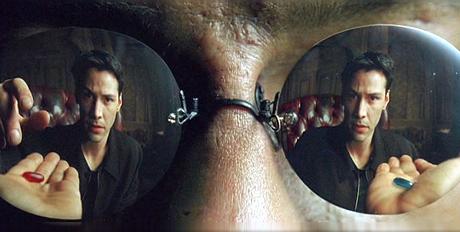I found a film with old kendo with sweeps added in. I like! Its about 3 minutes in before any action happens.
Limitations
2 days ago


"I recently interviewed my 84 year old sensei about this very topic. He had some interesting things to say about it.
First of all he said there was no time limit to a match, and no shiaijo boundary, so no jogai rules. There was only one shinpan, a sensei who sat on a chair at the side. The only criteria for ippon was that the sensei-shinpan felt the strike would have been effective if delivered with a sword. The matches of course were ippon shobu. Basically it was very much more simple then. With no jogai rules, no time limit and only one judge, there was no need for what we might nowadays call "transparency" or even "the appearance of consistency". IOW there was no rule book like there is today filled with rules to cover, in some cases, the most obscure and unlikely eventualitites.
Nagae sensei told me of how often-times an engagement with his opponent would lead to multiple techniques and take them all the way across the budokan floor. With no reaction from the sensei/shinpan, both shiaisha would eventually stop (and here I imagine them looking at each other before shrugging their shoulders...:D) and then voluntarily return to a point roughly in front of the sensei (again there were no lines, so no "x-marks-the-spot"). No call of hajime or yame, so they would start again upon mutual agreement. Sometimes, he said, if there was no score for a long time, that would be when the grappling techniques would come out, in which case whoever was able to rip the other's men off (or maybe choke-out their opponent?) would be the winner.
In this kind of kendo I think the shinpan was more like a duellist's second: someone who was there only to make sure there were no heinous violations of etiquette (like one of the two combatants drawing running away), not someone who was there to "run the match".
Nagae sensei said that he remembers competitions between university teams starting in the morning and not finishing until midnight. He also told me that during the war he visited the Toyama Military Academy where his uncle was a kendo instructor. After training with him, Nagae sensei's uncle said his kendo would "never be killing kendo" (Nagae sensei holds shodan in juken-jutsu as taught to all wartime uni students, so he certainly knew killing techniques). When Nagae sensei told me this he gave a hearty laugh. And rightly so. How could his uncle have known that it would be Nagae sensei's more "humane" kendo that would evolve to spread across the globe, and the Toyama Gakko's "killing kendo" that would die out?"







 |
| 精力善用 Seiryoku Zenyo read from right to left. I assume this is a Kano original. |
















